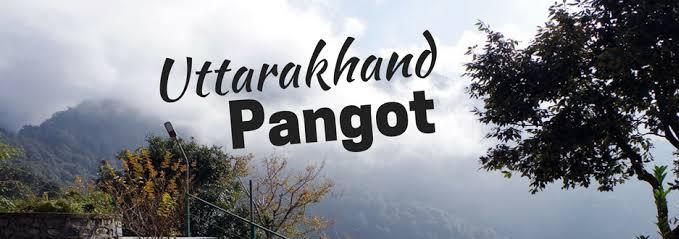Nestled in the Kinnaur district of Himachal Pradesh, Sangla is a breathtakingly beautiful valley town that offers a perfect blend of scenic charm, cultural richness, and adventure. Located in the Baspa Valley at an altitude of about 2,700 meters, Sangla is surrounded by majestic snow-capped peaks, lush green forests, and the gushing Baspa River. Often referred to as the “Pass of Light,” this destination remains a relatively untouched haven for travelers seeking an offbeat Himalayan retreat.
The journey to Sangla itself is an adventure. The route winds through winding mountain roads that offer panoramic views of deep gorges, pine forests, and terraced fields. Though remote, Sangla is accessible by road from Shimla, with the drive taking roughly 10–12 hours. The effort is well rewarded with tranquil surroundings and crisp mountain air that rejuvenates the senses.
One of Sangla's most captivating features is its natural beauty. The valley is blanketed with apple orchards, and the Baspa River adds a soothing element to the landscape. In spring and summer, wildflowers bloom across the valley, while autumn brings a blaze of color. Winter, though harsh, covers the valley in snow, creating a postcard-perfect setting.
Beyond its natural appeal, Sangla is steeped in culture and history. The Kamru Fort, an ancient structure that once served as the capital of the Bashahr kingdom, stands tall at the edge of the village. The fort houses a temple dedicated to Goddess Kamakhya Devi and showcases traditional Kinnauri architecture with wooden carvings and slate roofs. Another cultural highlight is the Bering Nag Temple, a sacred site for local Hindus, which becomes the focal point during the colorful Phulech Festival held annually in September or October.
Adventure seekers are also drawn to Sangla for its trekking and camping opportunities. Popular trekking routes include the Sangla-Kanda and Rupin Pass treks, offering stunning views of the Himalayas and encounters with alpine flora and fauna. The nearby village of Chitkul, the last inhabited village near the Indo-Tibetan border, is another must-visit. Just 20 kilometers from Sangla, Chitkul charms visitors with its traditional wooden houses, Buddhist monasteries, and awe-inspiring landscapes.
The best time to visit Sangla is from April to June and September to November, when the weather is pleasant and the roads are more accessible. Monsoons can bring landslides, and winters, while magical, may lead to road closures. Accommodation options range from cozy guesthouses and homestays to upscale campsites, offering travelers a comfortable base to explore the valley.
For those yearning for peace, authenticity, and a deep connection with nature, Sangla delivers an unforgettable experience. With its blend of pristine landscapes, rich traditions, and adventure opportunities, this Himalayan gem remains one of India’s most enchanting yet lesser-known tourist destinations.


